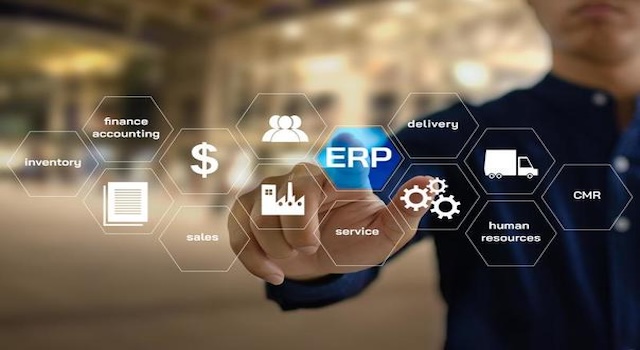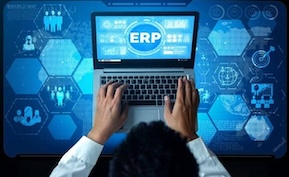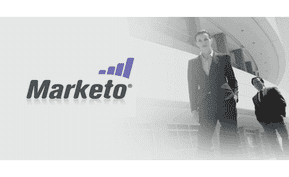ERP
ERP for Sustainability Reporting: Moving Beyond Compliance to Strategic Value

Summary: With new regulations like the EU’s Corporate Sustainability Reporting Directive (CSRD) and growing investor pressure, sustainability reporting has become a boardroom priority. Modern ERP systems are evolving to support environmental, social, and governance (ESG) data tracking. But the real opportunity lies not just in compliance, but in using ERP for long-term strategic value.
Why sustainability reporting is now critical
Governments, investors, and customers are demanding greater transparency. Companies must disclose:
- Carbon emissions (Scope 1, 2, and increasingly Scope 3).
- Resource usage such as water and energy.
- Workforce diversity and social metrics.
- Governance policies and compliance processes.
ERP’s role in ESG data management
ERP systems already manage vast amounts of operational data. Extending ERP to sustainability means capturing, standardizing, and reporting ESG metrics alongside financials. Examples include:
- Linking procurement data to supplier sustainability scores.
- Tracking energy consumption and emissions across facilities.
- Consolidating HR and workforce diversity data.
- Generating real-time dashboards for compliance audits.
From compliance to competitive advantage
Many organizations see sustainability reporting as a burden. But with ERP integration, ESG data can fuel business value:
- Cost reduction: Identifying waste in energy and materials saves money.
- Brand reputation: Transparent sustainability metrics boost consumer trust.
- Investor appeal: ESG leaders attract capital more easily.
- Risk mitigation: Real-time monitoring helps companies adapt to climate or regulatory risks faster.
Technology trends in ERP-driven sustainability
- IoT sensors: Automated data collection for emissions and energy usage.
- AI analytics: Predictive modeling for carbon reduction initiatives.
- Blockchain: Verifiable supply chain sustainability tracking.
- Cloud reporting tools: Centralized dashboards for auditors and stakeholders.
Challenges to adoption
- Data silos: ESG metrics often live outside core ERP systems.
- Standardization: Lack of consistent reporting frameworks across regions.
- Costs: Implementing sustainability modules adds upfront expenses.
- Change resistance: Employees may view sustainability data entry as extra work.
Best practices for ERP-enabled sustainability
- Integrate early: Build ESG metrics into operational data flows, not as an afterthought.
- Automate collection: Use IoT and AI to minimize manual reporting.
- Align with standards: Map ERP data outputs to frameworks like GRI, SASB, or CSRD.
- Communicate strategically: Share ESG performance with both regulators and customers.
Conclusion
Sustainability reporting is no longer optional. By embedding ESG into ERP systems, businesses can turn compliance into strategy—reducing costs, managing risks, and strengthening their brand. The winners will be those who treat sustainability not just as a checkbox, but as a driver of long-term competitive advantage.






